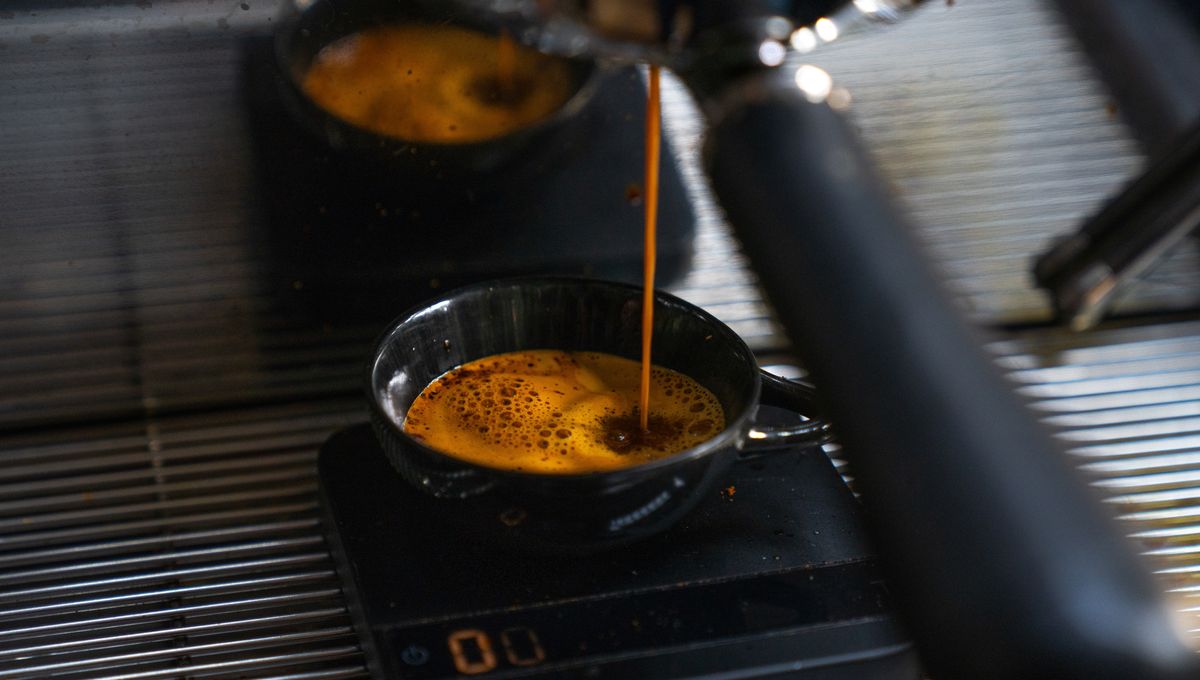Did you know that coffee is a massive industry, contributing 1.5 percent to the US gross domestic product? Coffee producers are always on the lookout for ways to extract more flavor from the same raw materials.
According to senior author Christopher Hendon, a computational materials chemist at the University of Oregon, increasing the flavor concentration by 10%–15% for the same amount of coffee can lead to significant cost savings and improved quality.
But here’s something interesting: as you grind coffee beans, static electricity is generated through a process called triboelectrification. This phenomenon is well-known, especially to those who have had the not-so-enjoyable task of cleaning a coffee grinder. However, its impact on the final coffee product has been unclear.
Interestingly, the same type of static buildup can also be found during a volcanic eruption. Volcanologist Joshua Méndez Harper explains that during an eruption, magma breaks up into tiny particles that rub against each other, generating static electricity and even lightning. In a way, it’s similar to grinding coffee beans into fine powder.
To investigate further, Hendon, Méndez Harper, and their team measured the static electricity generated by different types of coffee beans, including variations in roast, caffeine levels, country of origin, and moisture content.
They found that coffee with higher moisture content and coarser grind produced less static electricity. Lighter roasts, which are less dry, generated more positive charge but less overall charge compared to dark roasts.
Based on the significant role of moisture content, the team wondered if adding water could be the solution. They brewed espresso using identical coffee beans, with and without adding a small amount of water. Surprisingly, adding just a touch of water (up to 20 microliters per gram) not only improved the consistency of each espresso shot but also resulted in a stronger brew and longer extraction time.
The benefit of adding water during grinding is that it reduces clumping, allowing for a denser coffee bed. This is particularly advantageous for espresso and small percolation systems. However, brewing methods like the French press, where the coffee is submerged in water, won’t benefit from this technique.
If you’re a fan of espresso-based beverages in the morning, it might be worth trying the water trick. And stay tuned because the team has more investigations in progress.
Reflecting on their unusual collaboration, Méndez Harper humorously said, “It’s sort of like the start of a joke – a volcanologist and a coffee expert walk into a bar and then come out with a paper.” But these findings not only apply to coffee; they could also help answer similar questions in the field of geophysics.
So, if you’re curious about the science behind your morning latte, give this article a read!
The study is published in the journal Matter.








